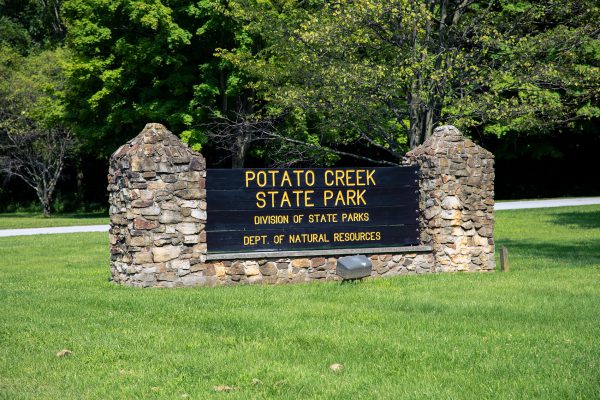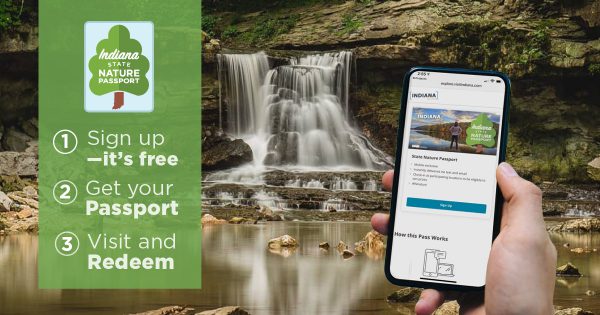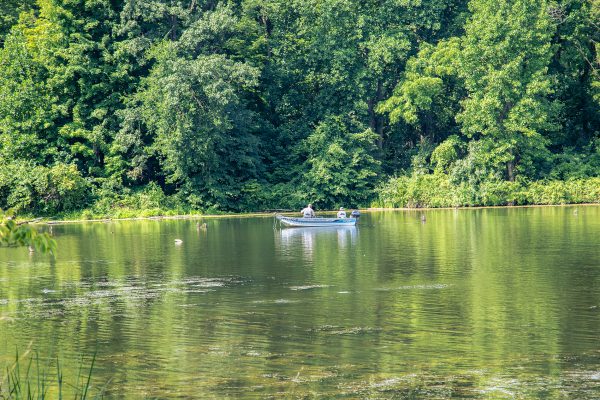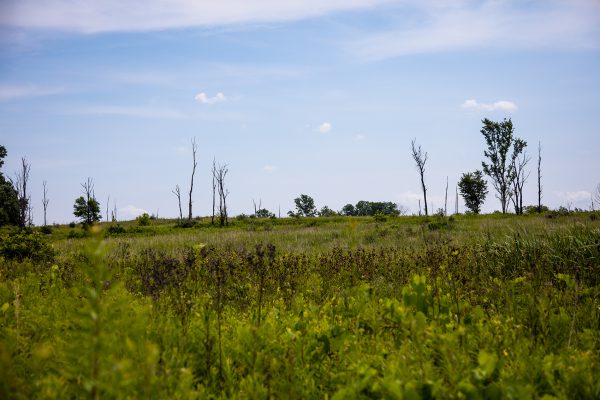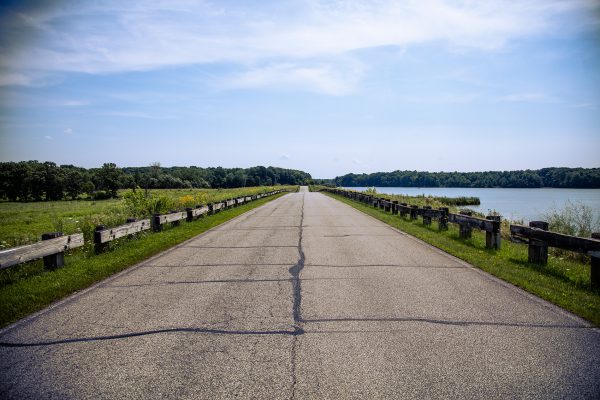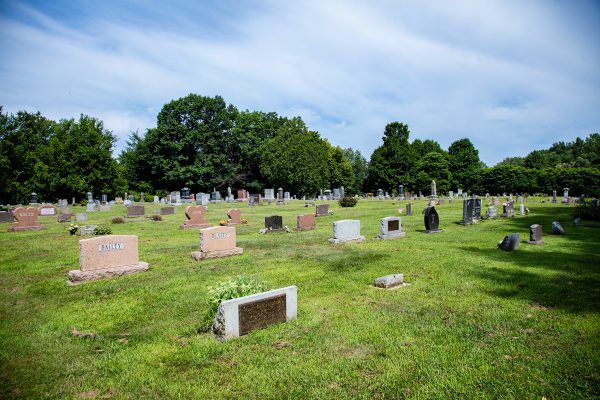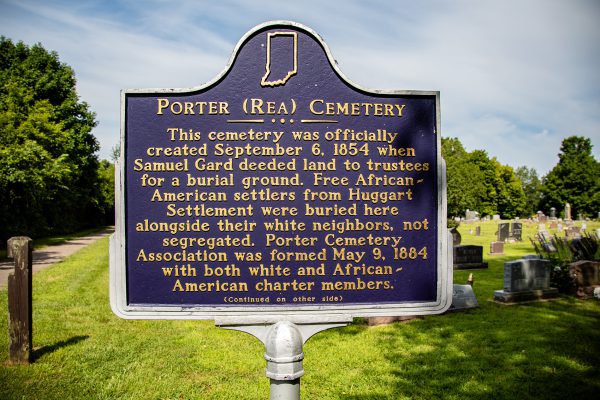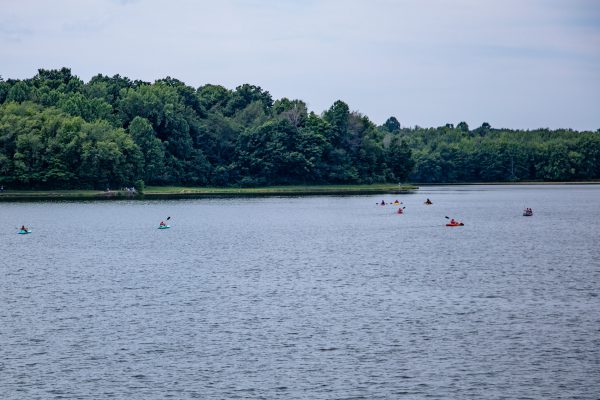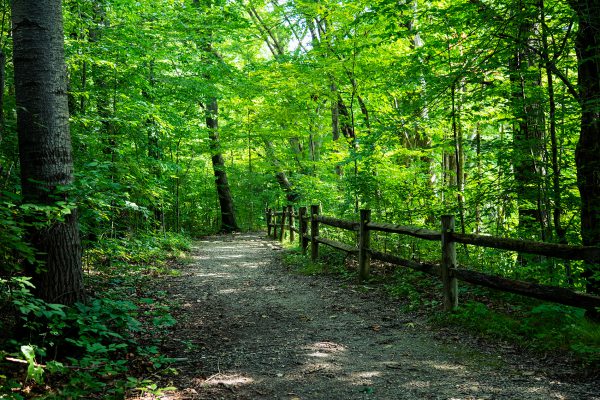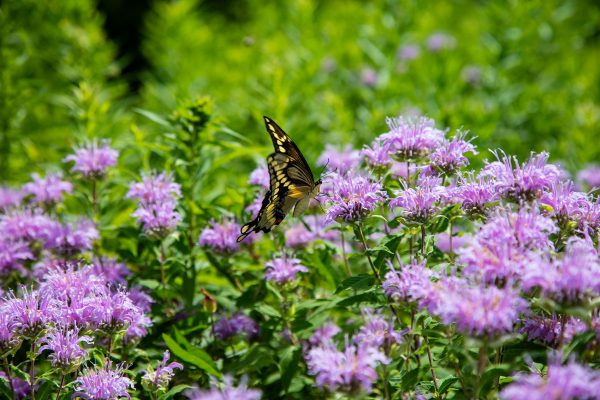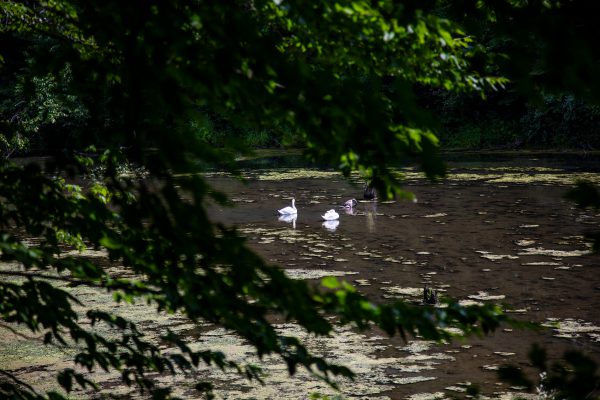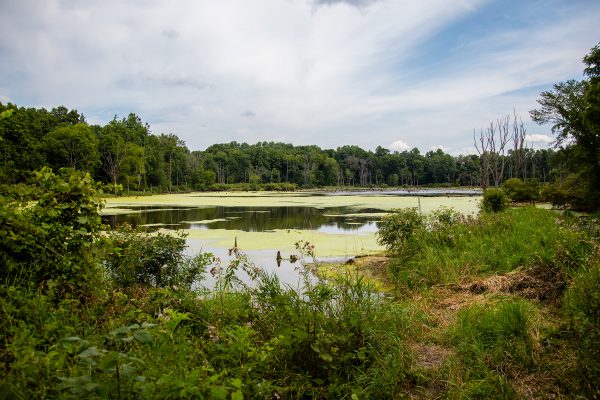On a recent trip north, I had the opportunity to visit Potato Creek State Park, one of Indiana’s twenty-four state parks. I was attracted as much to the name as to the great hiking opportunities, wetland habitats, and biking trails. It’s also one of the most visited state parks, offering visitors opportunities for fishing, boating, hiking, swimming, picnicking, mountain biking, camping, and horseback riding (bring your own horse).
Indiana State Nature Passport
Potato Creek State Park is part of the Indiana State Nature Passport! Check-in and explore participating locations throughout the state to earn great prizes! The more you visit, the more you win. This program is 100% free, but property entrance fees apply when you visit. Learn More.
Potato Creek State Park sprawls across 3,840 acres and is a short drive from South Bend, Fort Wayne, or the South Shore. The park is definitely worth a visit at any time of year, but is an absolute joy to explore from spring until fall.
History Prior to the creation of Indiana, Potato Creek State Park was Potawatomi (Neshnabé) territory, as was much of northern Indiana around what is now South Bend. As the story goes (and this might be apocryphal, so take it with a grain of salt), the Potawatomi collected some sort of tubers in the area that the earliest settlers called ‘wild potato.’ In time, the creek around this area became known as Potato Creek.
After the Potawatomi were forced out, settlers poured into the area, mostly to establish farms. The more industrious of them dammed the Potato Creek to power mills, turning their wheat and corn into grain. The rest of the land in the late 19th and early 20th century was modified for agricultural use.
Some of the earliest settlers in the area are buried at Porter-Rea Cemetery, a burial ground located within the state park. This cemetery is unique in that it also has burials from the nearby African American Huggart Settlement. The Huggart Settlement was established by the Huggart brothers (Samuel and Andrew) in 1834. The community grew in the latter half of the 19th century as a free African American settlement, one of only a handful in the state of Indiana.
The Bass, Boone, Clark, and Manual families, all farmers, called the area home. They attended nearby schools and churches and, given the newspaper reports, were very well respected residents of St. Joseph’s county. At one point, the Huggart settlement was home to about 30 African Americans, mostly migrants from southern states. The settlement’s full story is fascinating, a full history is available at South Bend’s The History Museum.
Park Origins Farming in the area was never very productive, as the land was essentially a giant wetlands area. Despite attempts to drain it, farmers never really succeeded. After the Second World War, a local conservationist named Darcy Worster petitioned the state to dam the creek and create a reservoir. The state eventually complied, creating the artificial Lake Worster in 1977.
In that same year, the state designated a six-mile radius around Lake Worster as a state recreational area. In 1983, the Potato Creek State Recreational Area became the Potato Creek State Park.
The Park Potato Creek offers a lot to visitors including fishing, boating, camping, bicycling, bridle trails, hiking, swimming, and wildlife observation areas. The park also has some amazing trails, restored prairie lands, and several restored wetlands.
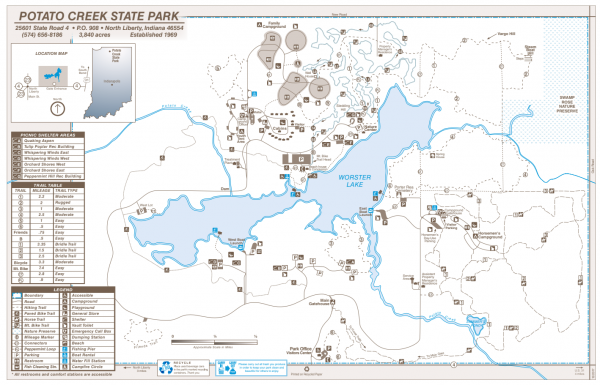 Map courtesy of the Indiana DNR.
Map courtesy of the Indiana DNR.
Potato Creek is also a great place to watch birds, with several unique species that visit the park as the migrate.
There’s a little something for everyone at Potato Creek State Park. It’s definitely worth the trip this summer or fall.
